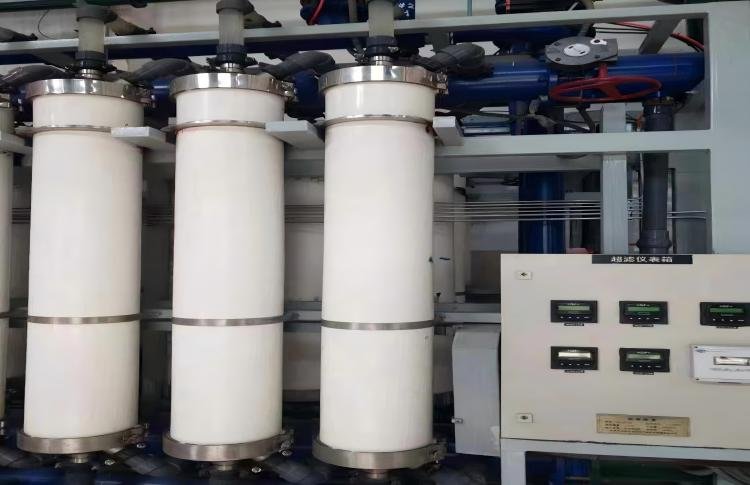When it comes to water treatment, one of the most important decisions you’ll make is choosing the right type of filtration system. Ultrafiltración (UF) membranes are widely used in water purification due to their ability to remove a wide range of contaminants while allowing clean water to pass through. Sin embargo, choosing the appropriate ultrafiltration membrane from a trusted company like Besta Membrane requires considering various factors, including the quality of the source water, the type of contaminants present, and the specific needs of your water treatment system.
En este artículo, we’ll discuss how to choose the right ultrafiltration membrane based on water quality and other crucial factors. By the end, you’ll have a clearer understanding of what to look for and how Besta Membrane’s products can meet your needs.
1. Understanding Ultrafiltration Membranes
Ultrafiltration membranes are a type of semi-permeable membrane that can remove particles, microorganismos, and colloids from water. Unlike reverse osmosis membranes, UF membranes do not require high pressure to operate, making them energy-efficient and cost-effective. Sin embargo, they have limitations in removing dissolved salts and smaller molecules.
To select the best ultrafiltration membrane, it’s essential to consider the following factors:
- Water Quality: This is the most important factor in membrane selection.
- Types of Contaminants: Different membranes target different contaminants.
- Water Flow Rate: Depending on the required capacity, the flow rate may influence the choice of the UF membrane.
- Material de membrana: Membranes can be made from various materials, such as polyethersulfone (Pes), fluoruro de polivinilideno (PVDF), and others.
2. Key Factors to Consider When Choosing the Right Membrane
2.1 Water Quality
The quality of the source water is perhaps the most critical factor when choosing an ultrafiltration membrane. Water from different sources, such as rivers, lakes, or underground aquifers, can have varying levels of contaminants. These include:
- Turbiedad: High turbidity levels can clog membranes and reduce performance.
- Organic Content: Organic compounds may lead to fouling and clogging of the membrane surface.
- Microorganismos: Bacterias, virus, and other microorganisms can be harmful, and the membrane should effectively filter them out.
- niveles de pH: The pH of the water can affect membrane longevity and performance. Some membranes are more resistant to extreme pH levels than others.
To better understand how water quality impacts membrane selection, let’s look at a comparative table below that shows the typical water quality parameters for different water sources.
| Water Source | Turbiedad (NTU) | pH Level | Organic Content (mg/l) | Bacterial Load (CFU/mL) |
|---|---|---|---|---|
| River Water | 5 – 10 | 6.5 – 7.5 | 2 – 5 | Alto |
| Agua subterránea | 1 – 5 | 7 – 8 | 0.5 – 2 | Bajo |
| Municipal Water | 0.5 – 2 | 7 – 8 | 0.1 – 1 | Very Low |
Based on the above data, if you’re treating river water, you’ll need a membrane with a higher tolerance to turbidity and organic material, while municipal water may only require a membrane that can efficiently remove bacteria.
2.2 Types of Contaminants
Understanding the types of contaminants present in your water is another key aspect of membrane selection. Besta Membrane offers various types of ultrafiltration membranes that cater to different types of contaminants, such as:
- Particulate Matter: Suspended solids, silt, and dirt.
- Microorganismos: Bacterias, virus, and cysts.
- Organic Compounds: Humic substances, natural organic matter.
- Heavy Metals: For certain UF membranes, heavy metal removal is possible, although not as effective as in reverse osmosis systems.
For each type of contaminant, Besta Membrane offers membranes with specific filtration capabilities. For instance, membranes with smaller pore sizes are ideal for removing bacteria and viruses, while those designed for larger particles are perfect for high turbidity water.
2.3 Material de membrana
The material of the UF membrane plays a significant role in its performance, especially when exposed to harsh water conditions. Besta Membrane provides a variety of membrane materials, incluido:
- Politersulfona (Pes): Known for its high chemical resistance and durability. It’s suitable for treating water with a broad range of contaminants.
- Fluoruro de polivinilideno (PVDF): Offers excellent resistance to fouling and is often used in industrial applications where water quality is more variable.
Both materials are designed to withstand different operating conditions, ensuring that Besta Membrane’s ultrafiltration membranes are a long-lasting and reliable choice for your water treatment system.
2.4 Water Flow Rate and Capacity
The required flow rate is another important consideration when selecting an ultrafiltration membrane. Larger systems or those treating high volumes of water will require membranes that can handle higher flow rates without compromising filtration efficiency. Besta Membrane offers ultrafiltration membranes that are scalable, ensuring that your system can grow and adapt as needed.
| Tipo de membrana | Tamaño de poro (μm) | Caudal (L/h) | Typical Application |
|---|---|---|---|
| 0.02 | 500 | Municipal water treatment | |
| 0.03 | 1000 | Industrial wastewater filtration |
As seen in the table, the flow rate varies with the pore size. Larger pore sizes allow higher flow rates but may not be suitable for more stringent filtration needs.
3. Conclusión
En conclusión, choosing the right ultrafiltration membrane from Besta Membrane is a matter of carefully considering the quality of your water, the contaminants you need to remove, and the specific requirements of your filtration system. By understanding these factors and matching them with Besta Membrane’s product offerings, you can ensure effective and efficient water treatment.
Besta Membrane’s ultrafiltration membranes offer the durability, efficiency, and performance needed to tackle a wide range of water treatment challenges. Whether you’re dealing with high turbidity, organic contaminants, o microorganismos, there’s a Besta Membrane solution to fit your needs.

 Membrana MBR
Membrana MBR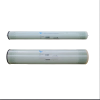 Membrana de ósmosis inversa
Membrana de ósmosis inversa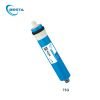 Membrana RO residencial
Membrana RO residencial Membrana UF
Membrana UF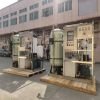 Planta de tratamiento de agua
Planta de tratamiento de agua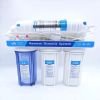 Máquina residencial RO
Máquina residencial RO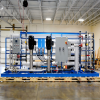 Sistema RO salobre
Sistema RO salobre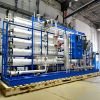 Sistema de agua de mar/planta SW ro
Sistema de agua de mar/planta SW ro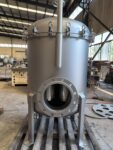 Filtro de bolsa
Filtro de bolsa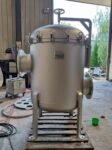 Filtro de cartucho
Filtro de cartucho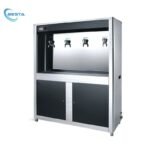 Sistema de filtración de agua comercial
Sistema de filtración de agua comercial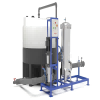 Sistema de limpieza de membrana(Titubear)
Sistema de limpieza de membrana(Titubear)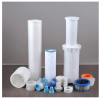 Accesorios de consumo
Accesorios de consumo